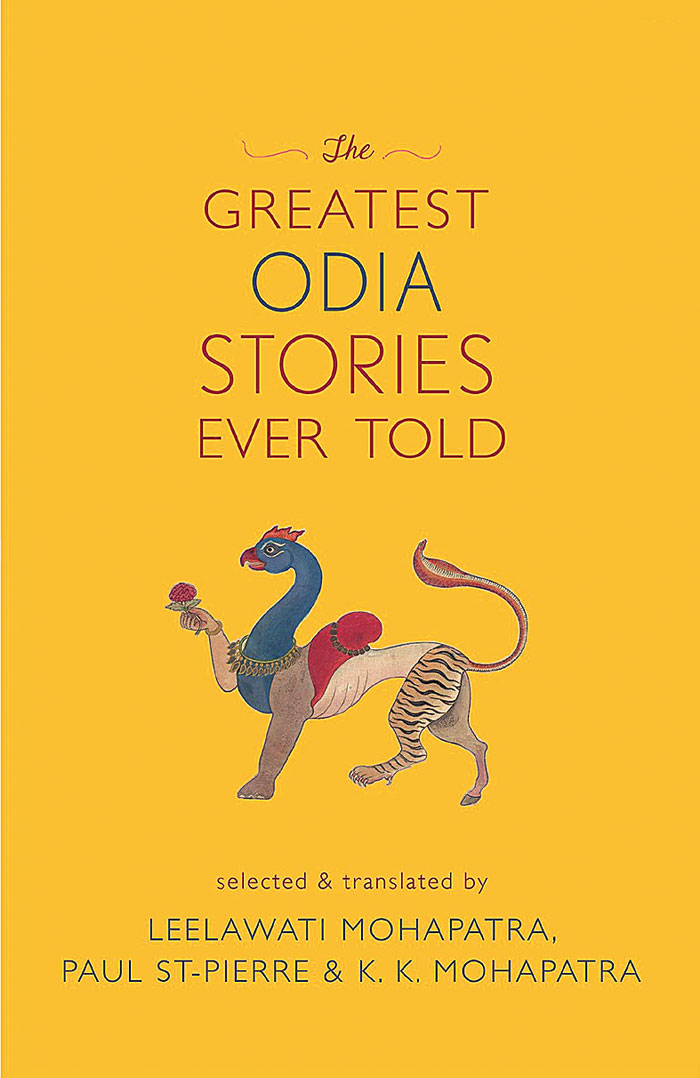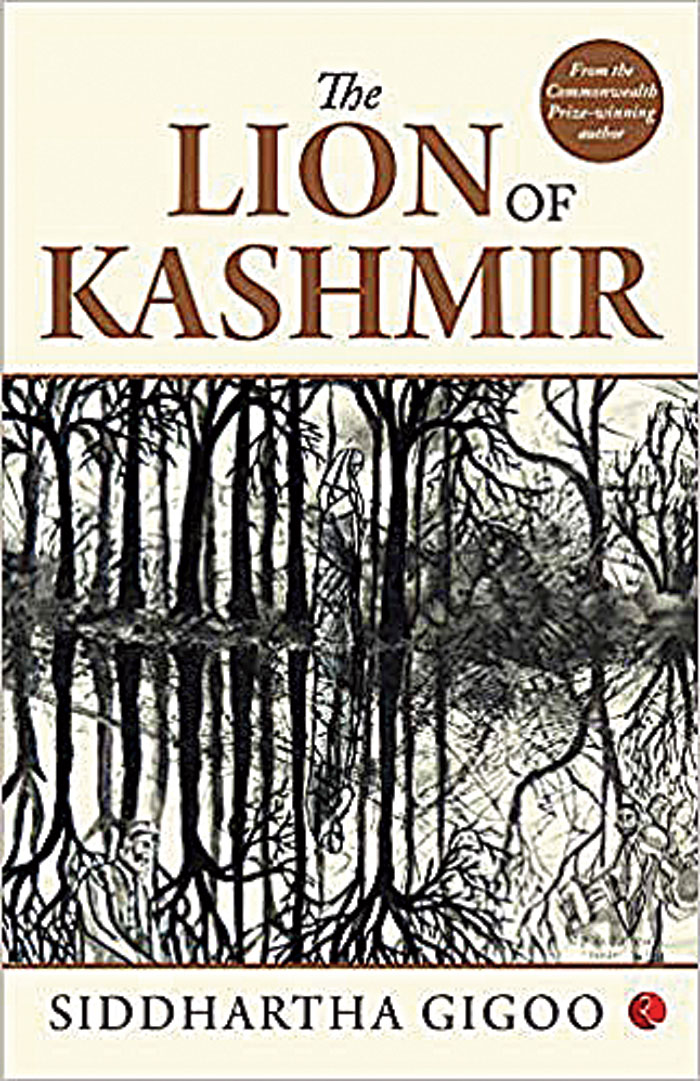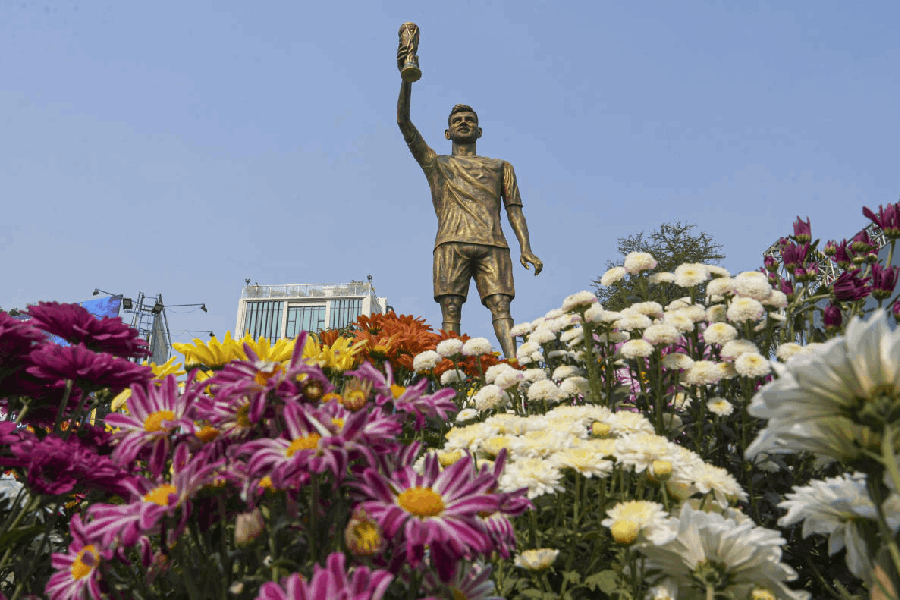A lot has been said and written about Kashmir. Some see it as a lost paradise, some are empathetic towards its decades-old struggle for normalcy and for some it’s nothing but another story in the news. But if there’s one thing about that place that everyone could agree upon, it’s the fact that it is not still. It is a place that is changing every day, every moment and in every way.
Siddhartha Gigoo’s third and latest novel The Lion of Kashmir gives an insight into the life of one Abdul Aziz, a commander of the notorious Special Forces, and how he is alienated from the locals because of his profession, and walks us through the constant inner turmoil he faces when he has to choose between people he loves and people he belongs to.
Divided into three, aptly-named parts — Penumbra, Umbra and The Journal of Abdul Aziz — The Lion of Kashmir initially shows us the world as viewed by Zooni, daughter of commander Aziz, who is a student and a human rights lawyer in London, before swinging to and fro between the past and the present, often thinning the line between dreams and reality. Penumbra, which means the partially shaded outer region of the shadow cast by an opaque object, stays true to its meaning and is the story of Zooni. Zooni is in London when she gets an urgent message from uncle Dar. She swiftly rushes back to her hometown in Kashmir. Most of this part is spent switching between a wakeful episode and a nightmare that Zooni experiences.
In Umbra, literally meaning shadow, we find Zooni in her nightmarish state where she dreams of her brother Zubair, her father and all the memories they share of the time spent in the valley and what possibly could have happened to her father while she was gone. And in the final part, The Journal of Abdul Aziz, all the non-linear loose ends are met and we now see what Abdul goes through when he is torn between saving the ones he loves and saving the ones who consider him as their enemy.
Dealing with a subject as complex as Kashmir where nothing is allowed to exist between two opposite ideas challenging each other to become the truth, this book comes as a breath of fresh air.

The Greatest Odia Stories Ever Told; Aleph Books; Rs 699 Book cover
Often when one reads a particular work in its original language, one can see the story coming alive and also relate to it largely because of the language quotient. But while reading a translated work, the experience is more like a glimpse into another world, where another language is spoken with its own set of customs and rituals. That world is distant yet so familiar. And that’s exactly how one feels after reading The Greatest Odia Stories Ever Told — an edited volume of the translation of 24 Odia short stories written over the last 121 years by 23 authors.
The stories are like a one-way ticket to Odisha – almost actively taking us along and showing every nook and corner they are based out of. Thoughtfully selected and translated by Leelawati Mohapatra, Paul St-Pierre and K. K.Mohapatra, the stories often revolve around themes central to the local culture and folklore like class divide, poverty, power struggle and women’s constant battles against patriarchy.
The marginalisation of the backward classes finds a place in many a short story like The Tale of the Snake Charmer by Chandrasekhar Rath, Savara by Chaudhury Hemakanta Misra and Ghania Celebrates Ganesh Chaturthi by Surendra Mohanty, while stories like News of the Day by Kanheilal Das grip our attention with innovative storytelling. The stories often treat us with ornate descriptions and acute emotions that weigh heavy on the reader’s psyche, as in the case of Salvation by Pratibha Ray, The Widow by Kamalakanta Mohapatra and Rebati by Fakir Mohan Senapati.
Apart from giving you an insight into the lesser-known world of Odia literature, this book will have you appreciating the simpler things in life.

Mrs A’s Indian Gentlemen; Hachette India; Rs 499 Book cover
Set against the backdrop of the Second World War, Mrs A’s Indian Gentlemen is a story about three Indians who are hired by The Great Western Railway in Swindon, England to carry out covert operations, which is crucial to an Allied victory.
Railway engineer Imtiaz ‘Billy’ Khan, logistics expert Vincent Rosario and maths wizard Akaash Ray are the titular ‘Indian Gentlemen’ and their trials and tribulations in a foreign country mixed with their misadventures with London’s way of life, secret assignments and mutual distrust of each other, form the crux of the story. One can notice the hilarious chemistry between the three of them from the moment they arrive in London and lodge with the innocuous and gullible Mrs A. We’re also introduced to Dawood Ali McCallum’s expertise in studying people as his characters have depth and passive aggression that shows in opposing cultural views and values and running almost 450 pages long, it surely is a thick book but doesn’t feel like one at all!
On the surface it might just be a story of three working class Indian guys in wartime United Kingdom and how they’re received especially when they are ruling India, but it essentially is a compelling tale of how kindness can make one forego cultural differences and coexist. And as the blurb says, Mrs A’s Indian Gentlemen is a rocking tale of misadventure that portrays what happens when cultures collide.










